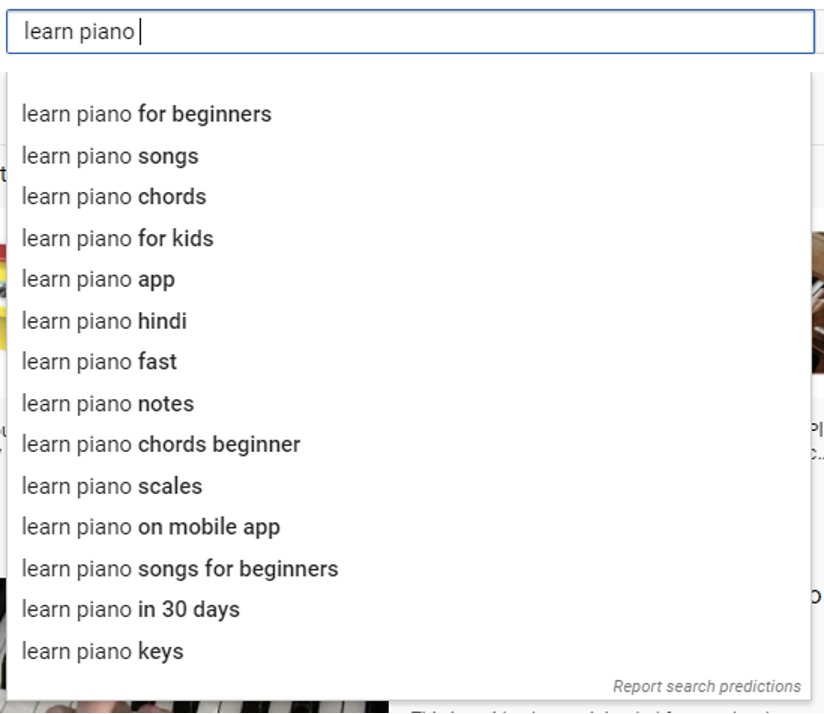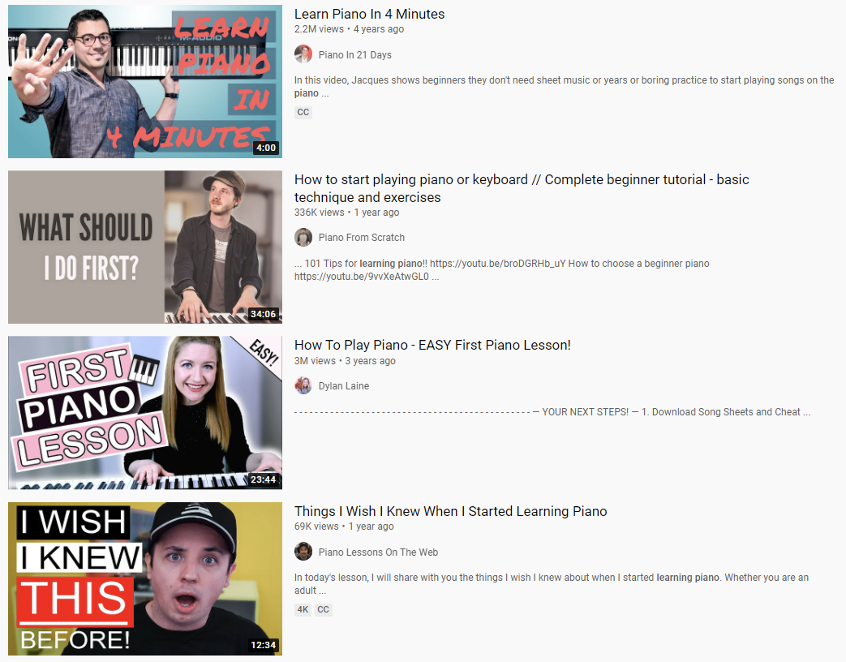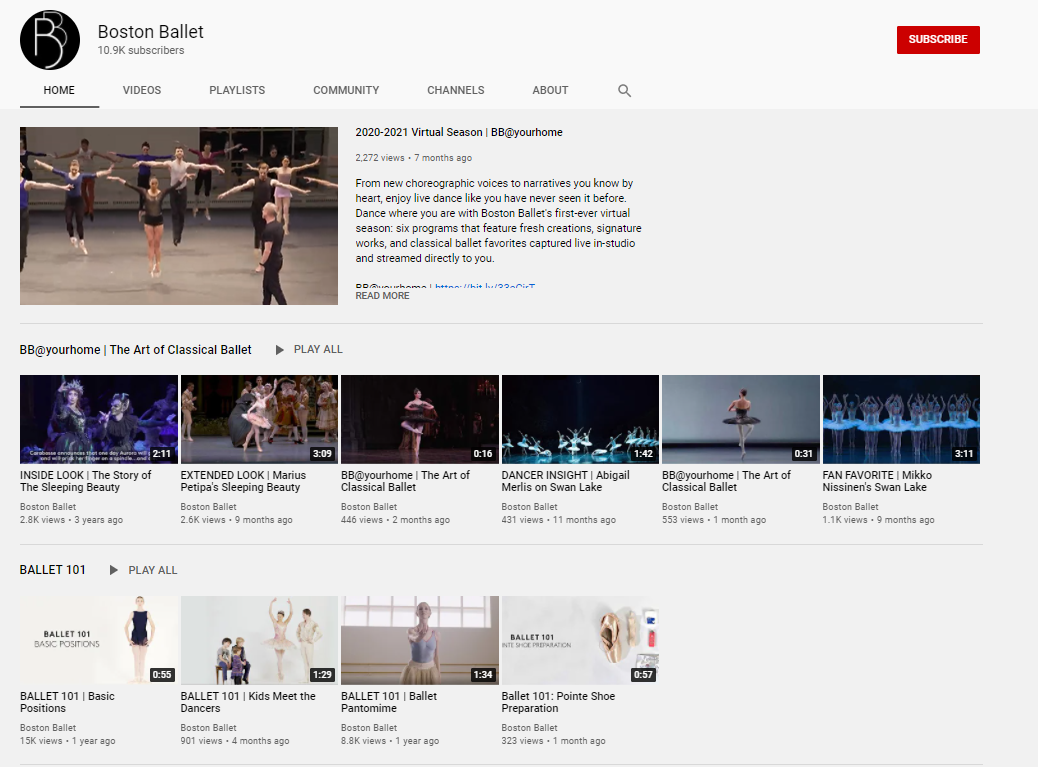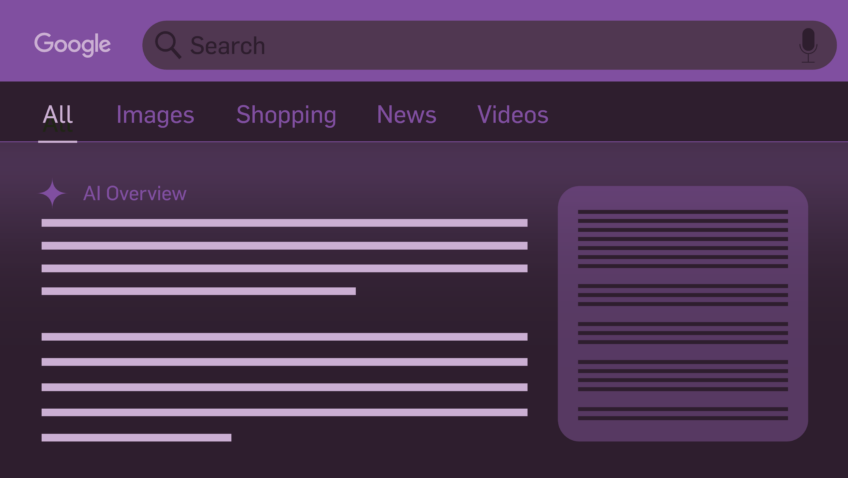SEO for YouTube: Optimization Tips for YouTube’s Search Bar
Pop quiz: what do you think is the second biggest search engine? Obviously, the top spot is taken by the behemoth that is Google, and for a good reason. Its search engine is strong, and it makes a ton of money by selling ads at the top of the Search Engine Results Page (SERP).
The second biggest search engine isn’t Bing or Yahoo—it’s YouTube. You read that correctly—it’s YouTube!
You might not think of YouTube as a search engine since it’s primarily a video/social platform. But anything that uses an algorithm to search a database for a query and display relevant listings can be considered a “search engine.” Any time a search engine is used, we can optimize our content so that it performs well.
Today, I will give you tips and advice to help you get started on search engine optimization (SEO) for your YouTube channel and content.
Tip #1: Keyword Research is Your Friend
Keyword research is the process of finding a keyword (a.k.a. “search terms”) to optimize towards. In many cases, this will involve finding a keyword that describes the content that already exists. For example, if you have a concert recording, it is the difference between optimizing towards “Beethoven full concert recording,” “Beethoven 5th live orchestra,” or other keyword variations.
- Pro Tip: Use the Keyword Planner in the Google Ads platform to find data on Google search terms. Consider keywords with the highest search volume, but remember that this may be slightly different on YouTube.
Keyword research can also be used to inspire new content—by researching phrases that are likely to be typed in, organizations can create a video that answers specific queries. A great way of exploring these types of queries is to use the autocomplete function on YouTube.
- Pro Tip: If one of these keywords inspires a video or video series, center your optimizations around this key term. Try to be specific in your choice, and only pick one of the suggestions.

Tip #2: Optimize Video Titles, Descriptions, and Thumbnails
Video Titles and Descriptions: Video titles and descriptions are akin to the title tags and meta descriptions used in SEO for Google and are among the many things that can affect the clickthrough rate (CTR) and ranking of a video.
CTR is an essential part of YouTube SEO. If a user clicks through to your video, YouTube is more likely to keep ranking you (placing your video on the listings page) for that particular search phrase. It’s why YouTube can often feel much more “click-bait” heavy—think about the titles and thumbnails that you see on videos:

However, there is some nuance to this—the clickbait needs to deliver. If a user clicks on a video, then stops watching or clicks back to the YouTube search listings page, the video has stopped one of YouTube’s key metrics: total watch time. As such, Google will punish the video in the rankings.
Here are some tips to help you title your videos for the best results:
- Use Emotional Language: Instead of titling a video “Top Arthur Miller Lines,” for example, try using a more emotional title, like “The Most Stunning Lines in Arthur Miller’s Plays.” Emotional language will help you tap into humanizing content and help the CTR of a listing.
- Add Numbers: Numbers can help immensely with CTR, and list-based videos are ever popular. The title “10 Stolen Art Works That Are Still Out There” will probably perform better than “Stolen Art Works That Are Still Out There.”
- Focus Around the Keyword: You are more likely to rank higher for the keyword you have chosen to include in the video title.
Descriptions: Try to use the total amount of space that YouTube allows you, but remember that only the first 125 characters are displayed on the YouTube Search Engine Results Page.
- Pro Tip: Try to use the keyword you are ranking for in the first 125 characters of the description to help with CTR. If a user sees the keyword that they typed into the search bar in the description, they are more likely to click through.
Thumbnail Images: Similarly, having a well-designed thumbnail can make or break a video. Look at the examples below, which are both great thumbnails that encourage a user to click through:

They use different tactics—one is more scholarly, with text overlay, and the other is more playful, with a cartoon-esque preview of what you will find. Both of these thumbnails are more thumbstopping than the example below. If you don’t know the details of Midsummer Nights Dream, this thumbnail isn’t relevant to your search. It’s important to design thumbnails that will make sense to a variety of audiences.

Video Length: While it varies depending on the search term, YouTube ideally wants to keep a user watching but not discourage them from clicking on a long video. Generally, a sweet spot of 10-15 minutes works well for informational videos.
But what about video tags? Good question! YouTube Tags are less critical than they used to be for SEO, but they are still considered in rankings and can help your video appear on the sidebar of related videos. Pick a few specific tags for your videos based on the keyword focus, and don’t overload with too many tags—this could affect your ranking.
Tip #3: Optimize Your Channel
Featured Video: Many arts organizations should prioritize YouTube’s primary metric of “keep people watching.” Highlight a well-crafted trailer as your channel’s featured video to give users a good preview as to what they will find on the channel.
Playlists: Another great way to optimize your channel is to add playlists of what a user is likely to be looking for, with lists of relevant videos. Check out Boston Ballet’s YouTube channel—it has a trailer for the 2020-2021 Virtual Season, as well as relevant ballet playlists like “Ballet 101:”

Think of YouTube Like a Search Engine
YouTube is a great place to host videos. It is free, easy to use, and recognizable to most users. However, if you aren’t optimizing your YouTube channel by thinking about the search function, you miss thousands of potential views.
Next time you are uploading a video, think about the following question:
- What search query does this answer?
Simply by thinking about this idea, doing some keyword research, and spending a while on optimization, you can signal to YouTube that you have the answer to a user’s search query. Then, it’s in YouTube’s best interest to rank that video highly—and that is a win for everyone.











